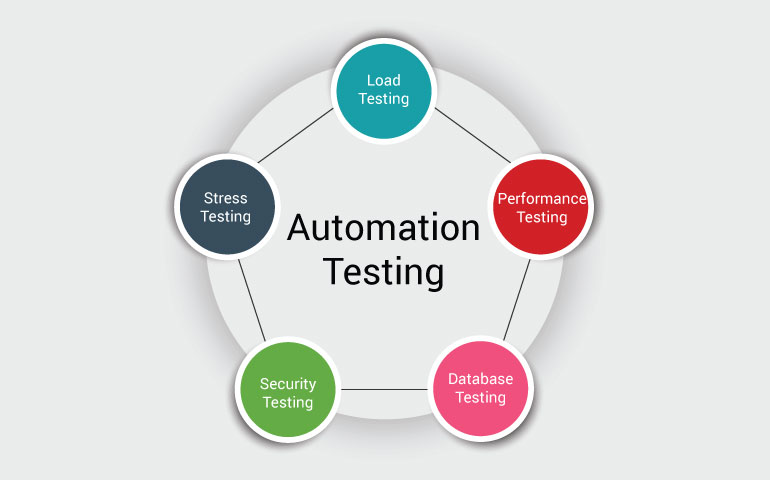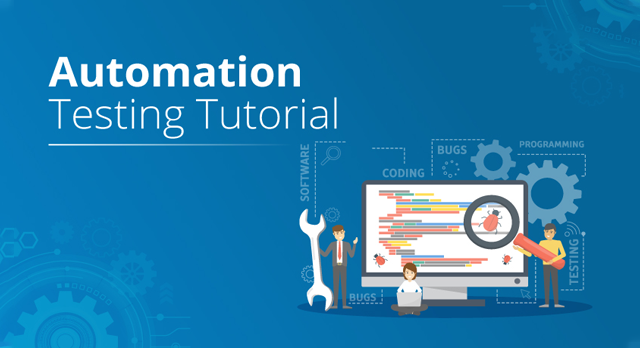Automation Testing Strategies: Ideal Practices for Seamless Assimilation
Automation Testing Strategies: Ideal Practices for Seamless Assimilation
Blog Article
From Guidebook to Automated Testing: A Comprehensive Overview to Transitioning Efficiently and Properly
In the realm of software testing, the shift from manual to automated procedures has ended up being a significantly essential transition for companies looking for to enhance effectiveness and precision in their screening practices. The journey from handbook to automated testing is not without its challenges, but when approached strategically and with a clear plan in mind, the advantages can be substantial.
Advantages of Automated Checking
Automated testing uses various benefits, enhancing effectiveness and accuracy in software development procedures. Automated examinations can be run all at once on multiple tools and running systems, drastically speeding up the screening stage compared to hand-operated testing.
Moreover, automated testing makes sure a greater degree of precision in identifying flaws. Consistency in testing is likewise boosted, as automated tests perform the very same steps specifically each time they are run.
Choosing the Right Devices

To start with, analyze your requirements and objectives. Recognize the range of your project, the innovations entailed, and the capability of your team. This evaluation will assist you establish the features and capacities you call for in your testing devices.
Second of all, think about the compatibility of the devices with your existing procedures and systems. Smooth integration with your existing software growth lifecycle is vital to make sure a smooth transition to automation.
Additionally, examine the scalability and adaptability of the tools. As your testing needs advance, the tools must be able to adapt and suit modifications efficiently.
Last but not least, consider the support and neighborhood around the tools. Robust support and an energetic customer neighborhood can offer beneficial resources and assistance when applying automated testing. By meticulously thinking about these elements, you can choose the right tools that straighten with your needs and set the phase for an effective change to automated screening.
Creating Reliable Examination Manuscripts

When crafting test scripts, it is important to take into consideration the details needs of the software being examined and ensure that the manuscripts address all crucial capabilities. Detailed and clear calling conventions for examination scripts and test situations can improve readability and maintainability. In addition, including error handling devices within the examination manuscripts can help in determining and attending to problems quickly.
Furthermore, organizing test manuscripts into modular components can enhance reusability and scalability, minimizing redundancy and enhancing effectiveness in test script maintenance. Routine testimonials and updates to examine manuscripts are vital to keep rate with developing software application demands and capabilities. By complying with these concepts, testers can create efficient and durable test manuscripts that add considerably to the success of automated screening processes.
Integrating Automation Into Workflows
By perfectly integrating automated screening devices like Selenium or Appium into the software application development lifecycle, groups can accomplish faster comments on code modifications, leading to quicker insect discovery and resolution. This integration allows for continuous screening throughout the growth process, making certain that any type of issues are identified early on, resulting in greater software quality. Proper assimilation of automation tools my response needs cooperation between advancement, screening, and operations groups to develop a unified process that maximizes efficiency and performance in supplying high-grade software items.
Guaranteeing a Smooth Change
Efficiently transitioning to automated testing includes thorough planning and careful implementation to minimize disturbances and optimize effectiveness in the software development procedure - automation testing. To make sure a smooth change, it is important to start by performing a thorough evaluation of the existing screening processes and determining areas where automation can bring the most substantial advantages. Engaging with all stakeholders at an early stage at the same time, including designers, testers, and project supervisors, is critical for garnering assistance and buy-in for the automation initiative
Interaction is key throughout this shift phase. Clear interaction of the objectives, advantages, and assumptions of automated screening helps to handle any resistance or worries that might arise. Additionally, providing adequate training and sources for staff member to upskill in automation tools and techniques is essential for making certain an effective shift.

Final Thought
To conclude, transitioning from handbook to automated screening uses countless benefits, these details including enhanced effectiveness and dependability. By selecting the suitable tools, creating effective test scripts, and incorporating automation flawlessly into workflows, organizations can make certain a smooth and effective transition. It is vital to embrace automation as an important property in software program testing processes to enhance overall high quality and performance.
In the world of software program screening, the shift from guidebook to automated processes has actually become a progressively important change for companies looking for to improve performance and accuracy in their testing techniques. Automated tests can be run simultaneously on several tools and running systems, substantially speeding up the screening phase compared to hands-on screening. Uniformity in testing is also improved, as automated tests perform the very same steps precisely each time they are run.To make sure the successful implementation of picked testing tools, the development of effective test manuscripts plays a crucial role in verifying the my sources functionality and efficiency of automated procedures - automation testing. By adhering to these concepts, testers can produce robust and reliable test scripts that contribute substantially to the success of automated testing processes
Report this page